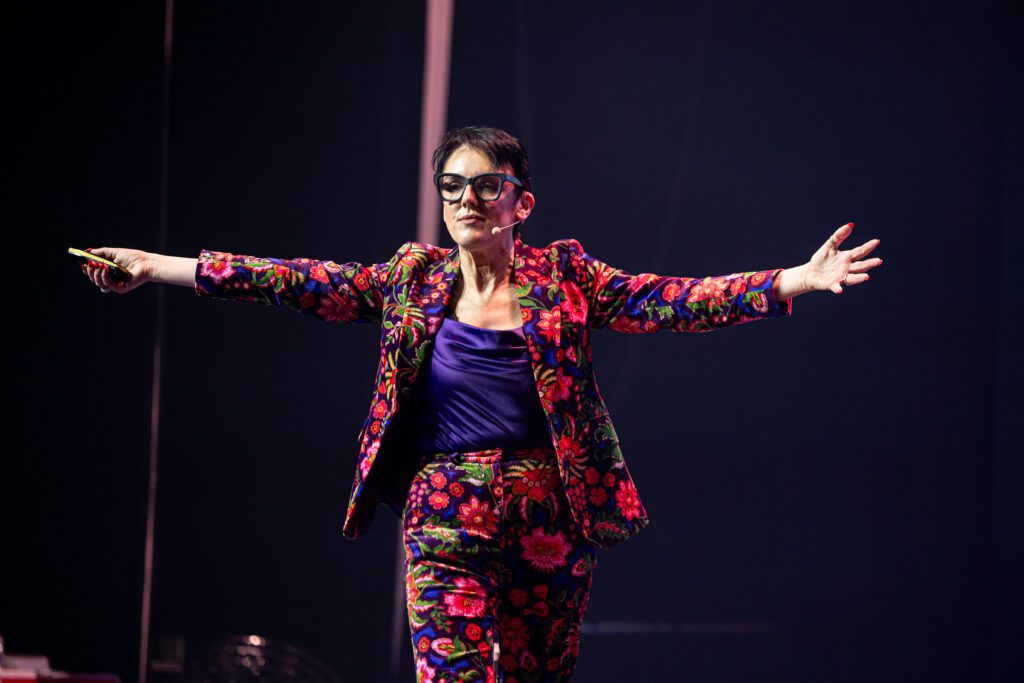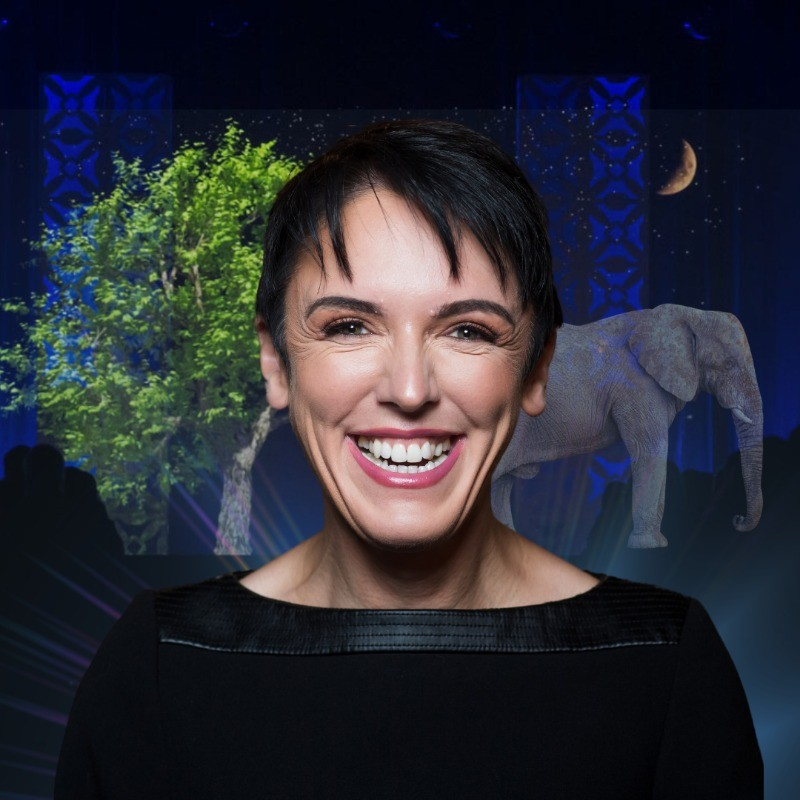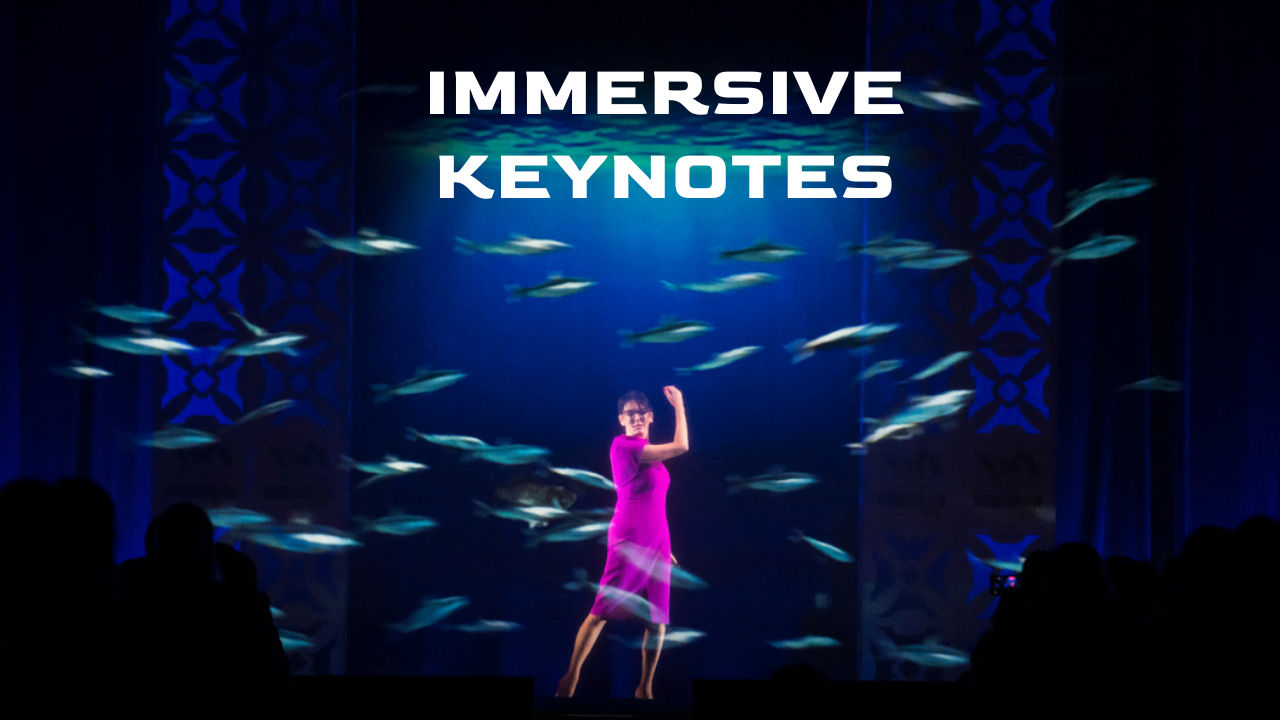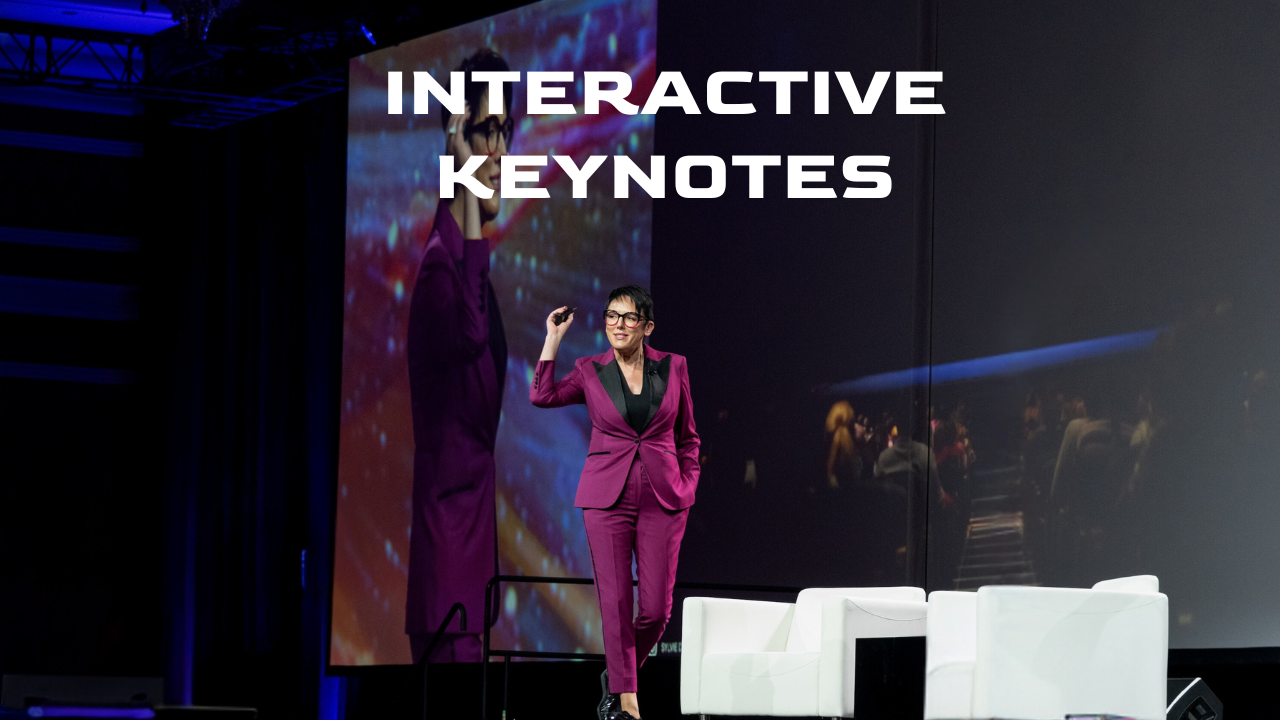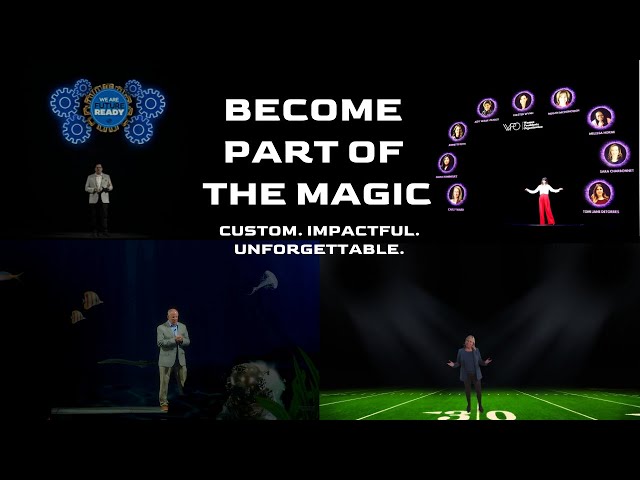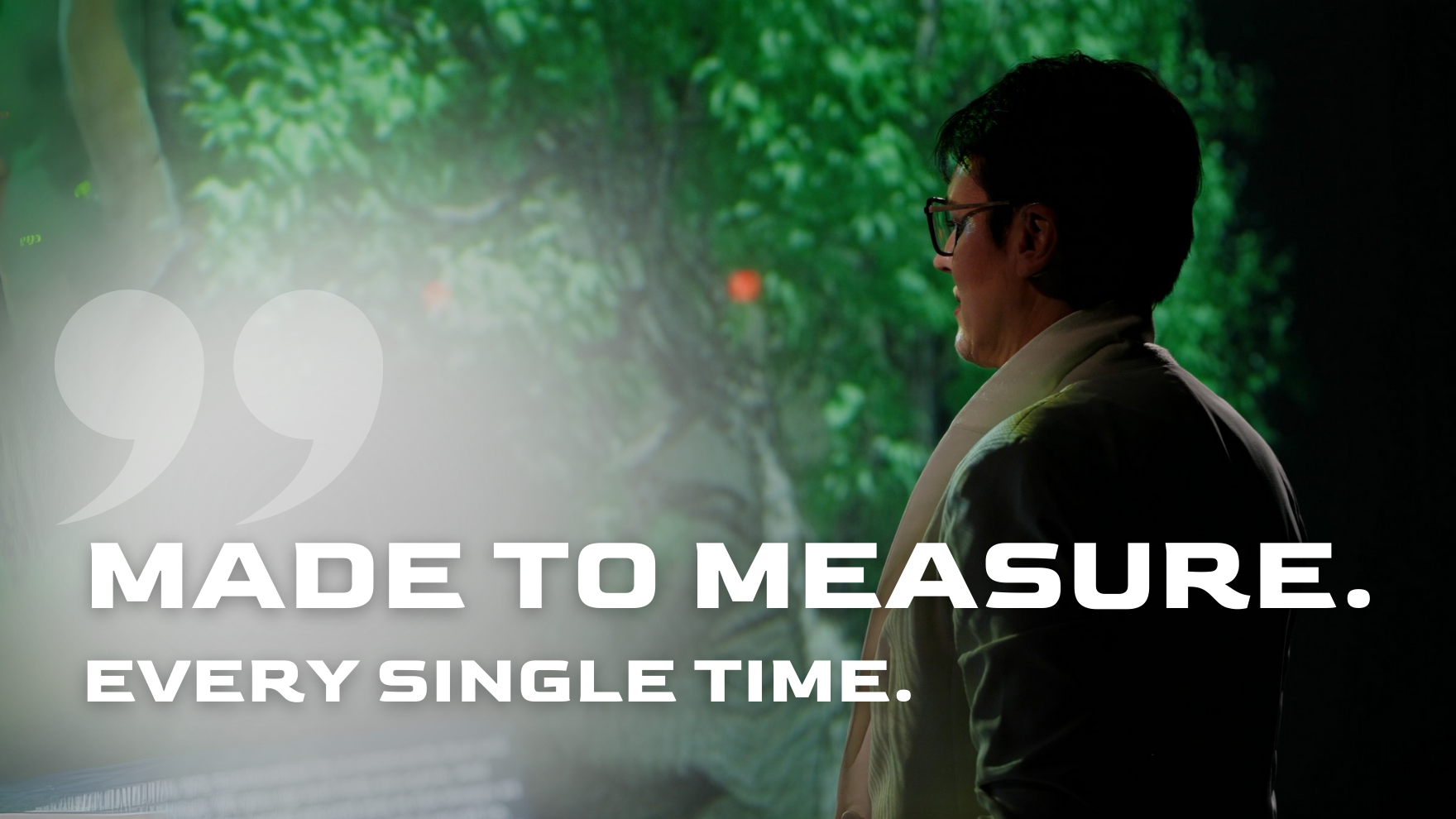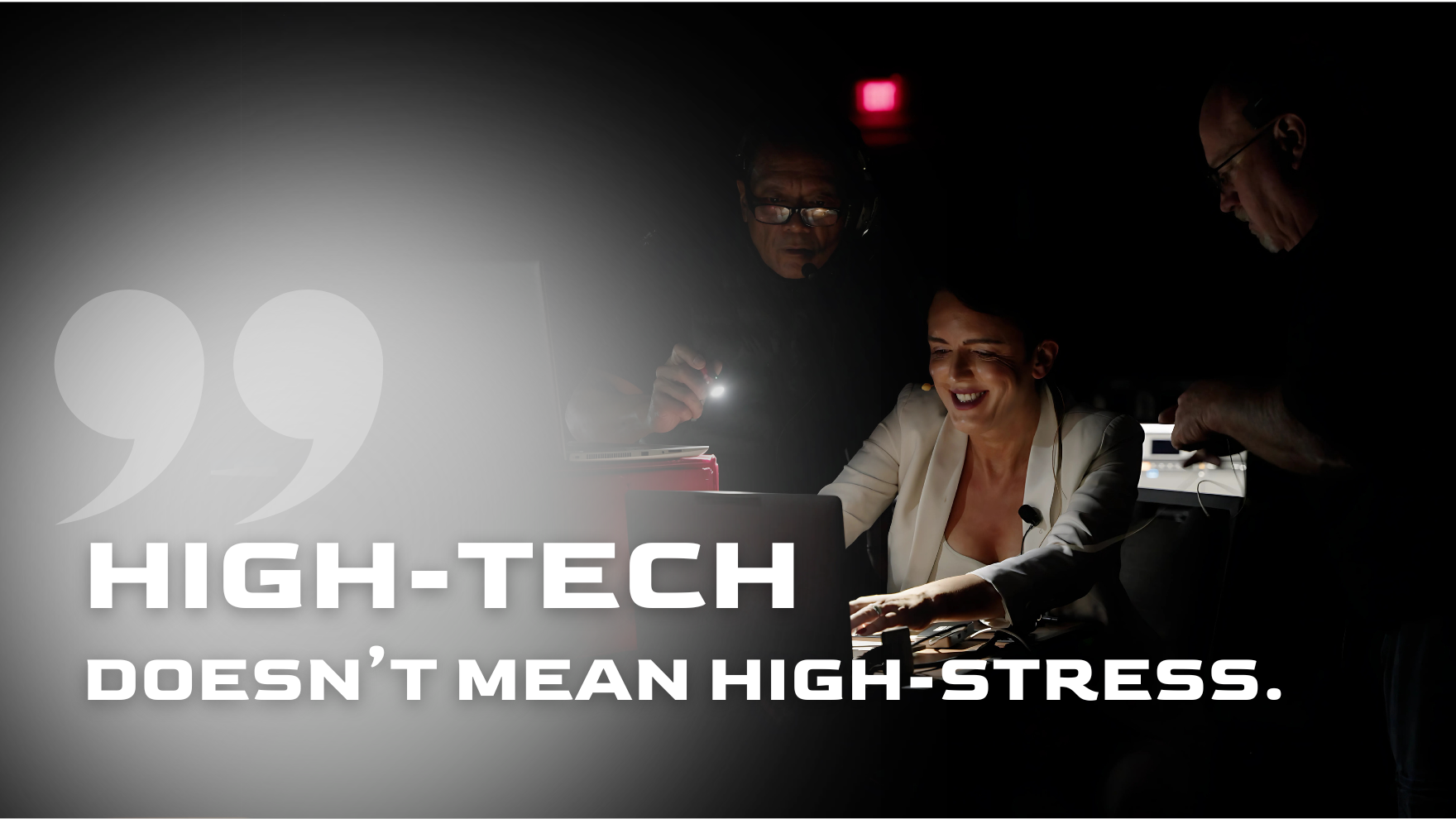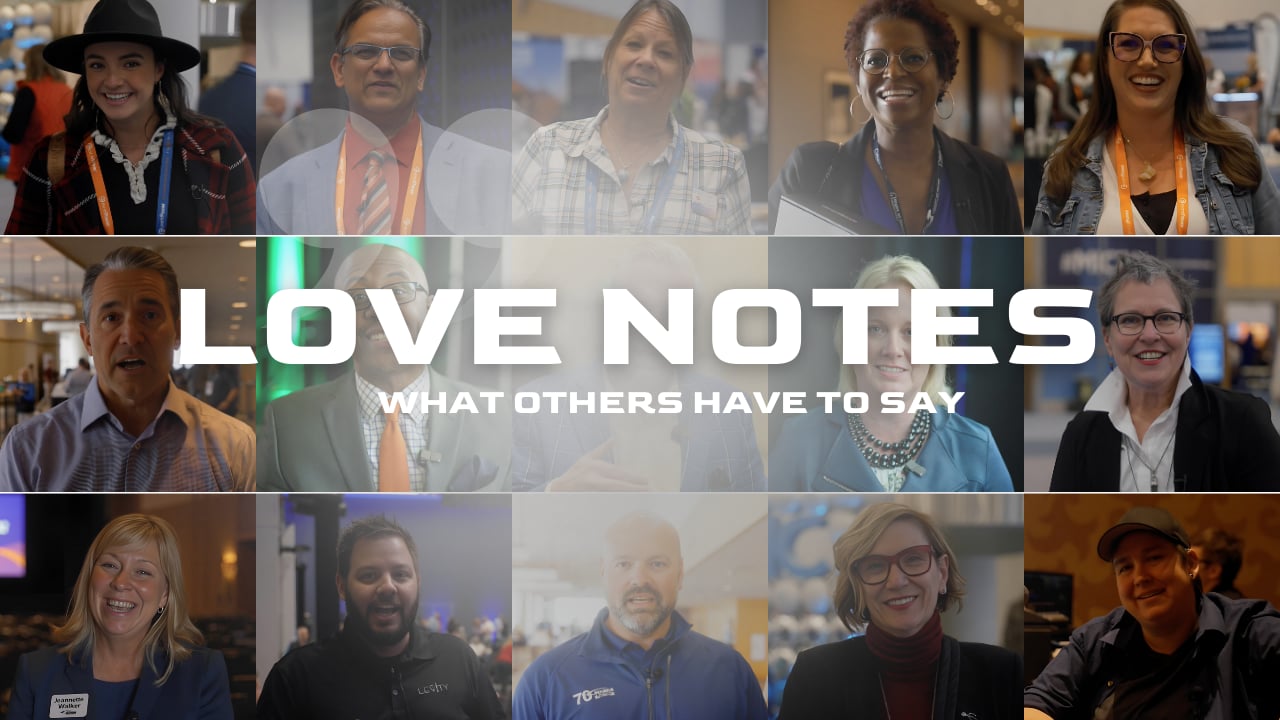From First Words to Lasting Impact: How the Right Opening Keynote and Closing Keynote Define Your Event Success
If I gave you a list of thirty items to memorize and then asked you an hour later which ones you remembered, chances are you’d recall the first and last items most clearly. Science proves this effect, known as the serial position effect. Now, apply that same concept to a conference—the first and last moments hold the most weight in attendees’ minds. That’s why your opening keynote and closing keynote aren’t just speeches; they are the bookends that define the entire event experience. The keynote speakers you chose for these spots are shaping the way attendees engage, absorb, and walk away transformed.
So how do you choose the best keynote speakers for these high-stakes moments? Let’s break it down.
Key Takeaways
- Your audience’s time is the most valuable currency—if you waste it, you’ve lost them before you’ve even begun.
- Engagement doesn’t start when you step on stage; it starts the moment your name appears on the event agenda.
- Attention isn’t given freely—it’s earned, sustained, and reinforced through experience, emotion, and connection.
- The best speakers don’t just talk—they create a shared moment where the audience sees themselves reflected in the message.
- Technology should enhance human connection, not replace it; no app can replicate the impact of an engaged, present speaker.
- Energy is contagious—the way you show up determines whether your audience leans in or tunes out.
- A keynote’s real impact isn’t measured by applause, but by the actions and conversations it sparks long after the event.
- If your audience engagement strategy doesn’t extend beyond the stage, you’re missing the most important part—lasting influence.
The Role of an Opening Keynote: Setting the Stage for Everything to Come
The opening keynote is where it all begins. It’s the spark, the kickoff, the moment that tells attendees: “This is going to be worth your time—or not.” A great opening keynote does more than just welcome people. It:
- Sets the tone: Whether it’s high-energy, deeply inspiring, or full of thought leadership, the opening keynote speaker establishes what kind of experience the audience can expect from the event.
- Engages curiosity: A strong opening keynote ignites interest, making attendees eager to learn, connect, and participate fully in the sessions ahead.
- Creates a common thread: A well-selected opening keynote speaker ties together themes that will be explored throughout the conference, providing a guiding narrative.
- Encourages participation: The best opening keynotes don’t just talk at the audience; they involve them, making them active participants from the start.
- Breaks barriers: Attendees often arrive guarded—checking emails, feeling hesitant about networking, or unsure what to expect. The right opening keynote speaker gets them to drop their guard and fully engage.
- Builds anticipation for the event: A great opening keynote sparks excitement and curiosity about what’s to come.
- Establishes credibility: The right opening keynote speaker enhances the event’s authority, reinforcing its relevance and importance.
- Encourages networking: By fostering a shared experience early on, the opening keynote speaker helps attendees feel more comfortable connecting with others.
- Challenges assumptions: A thought-provoking opening keynote disrupts conventional thinking and sets the stage for fresh ideas.
- Provides a sense of purpose: The opening speaker should reinforce why the audience is there and why this event matters to them.
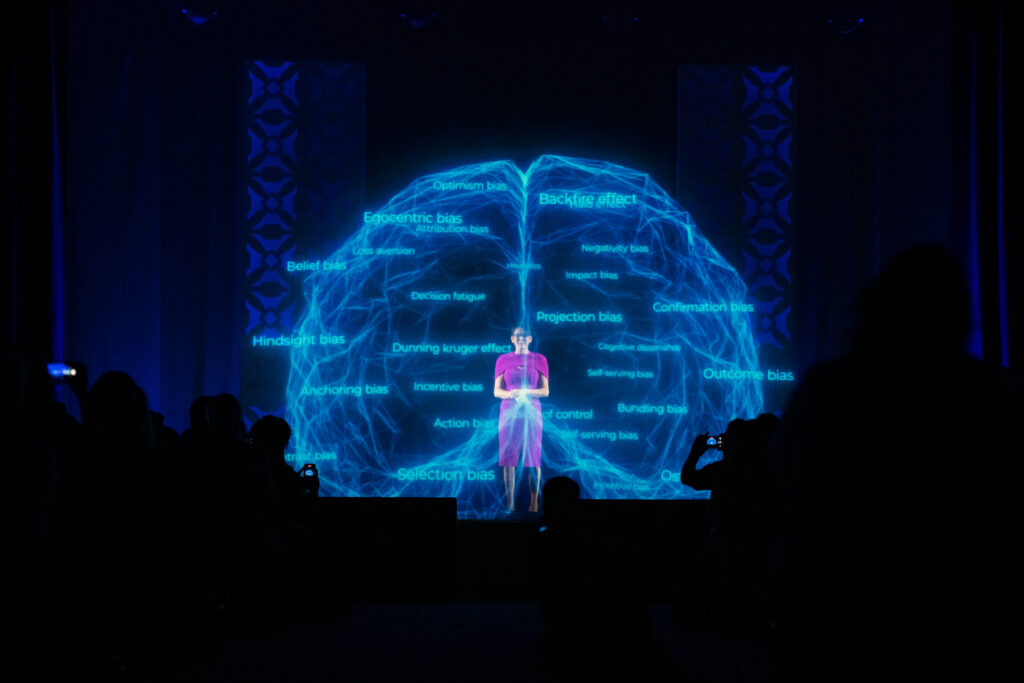
“I’m well aware that event planners don’t always have the freedom to choose, but if there’s any chance to influence the decision, avoid having an internal speaker, leadership, or emcee kicking things off with welcome or housekeeping announcements. With my immersive keynotes, we even skip my introduction—because, let’s be honest, no one came to the conference to hear about my credentials. Instead, we darken the room, take them out of their current reality, and transport them straight into the future.”
So, how do you choose the best opening keynote speaker—one who not only captivates from the start but also ensures attendees are engaged, inspired, and ready to fully immerse themselves in the event ahead?
- Look for someone who instantly commands attention—whether through storytelling, humor, or sheer stage presence.
- Choose a keynote speaker with a reputation for high customization. The best opening keynote speakers don’t just deliver a generic speech; they tailor their content extensively to the event’s unique goals, themes, and audience.
- Prioritize a keynote speaker who aligns with your event’s purpose but delivers fresh perspectives.
- Avoid opening speakers who are too theoretical. You need someone who energizes, not just educates.
- Find someone experienced who thrives under high expectations. You need a keynote speaker who can handle the pressure and deliver with confidence.
- Prioritize someone who understands conference logistics. An opening speaker should be prepared for anything—technical issues, late-arriving attendees, or last-minute schedule changes—and still maintain energy and composure.
The opening keynote is my favorite spot, but it’s also my biggest responsibility. I don’t just set the stage—I set the standard for everything that follows.
The Role of a Closing Keynote: Ending with Impact, Not Just a Goodbye
The closing keynote is not just the last item on the agenda—it’s the final moment to reinforce, inspire, and leave a lasting impression. A weak or forgettable closing keynote means people walk away thinking about lunch, flights, or their overflowing inbox. A powerful closing keynote means they leave motivated, transformed, and ready to act. A great closing keynote should:
- Reignite inspiration when energy is low: By the end of a conference, attendees can be mentally exhausted. The best closing keynote speakers bring fresh energy when it’s needed most.
- Tie everything together: The best closing keynote speakers distill key themes from the event into a cohesive, powerful message.
- Leave attendees with a call to action: A closing keynote speaker should challenge people to think differently, take risks, or implement what they’ve learned.
- End on an emotional high: Whether through humor, storytelling, or a powerful insight, the closing keynote speaker ensures the final moments resonate deeply.
- Shift the focus to the future: A great closing keynote speaker doesn’t just summarize what’s been covered—it inspires attendees to carry forward the momentum long after they leave.
- Provide a unifying moment: A closing keynote speaker should leave attendees with a shared experience, a final story, or an idea that connects them beyond the event itself.
- Give permission to take action: A closing keynote speaker should empower attendees to act on what they’ve learned, validating their ability to implement real change.
- Deliver a last moment that lingers long: Whether through a surprising insight, a humorous reflection, or a deeply emotional takeaway, the closing keynote speaker crafts a moment that stays with attendees long after they leave.
- Create a sense of closure without feeling final: The best closing keynote speakers don’t just mark the end of an event; they make attendees feel like the experience continues beyond the conference.
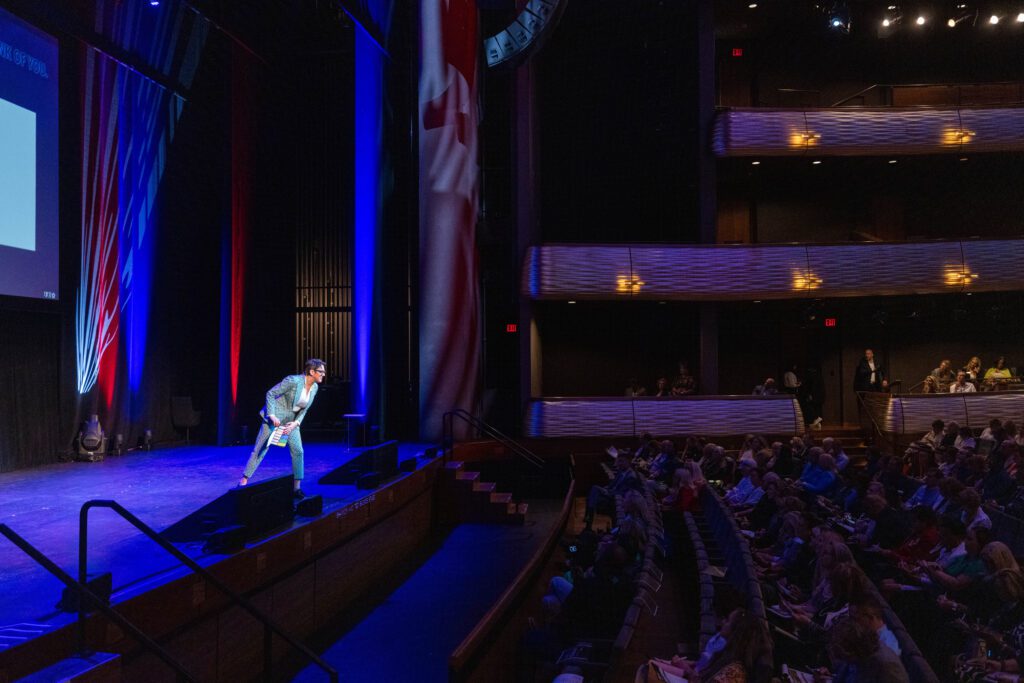
“If your closing speaker asks to arrive earlier at your conference, know this: it’s not about extra hotel nights, VIP perks, or sampling the buffet. It’s about sitting in on other sessions, absorbing the event’s energy, connecting with leadership and attendees, and seizing every opportunity to weave in real-time insights until the last moment—ensuring the closing keynote feels like it was crafted just for your audience—because it was.”
So, how do you choose the right closing keynote speaker—one who not only delivers an engaging final speech but also ensures the event ends on a high note, leaving attendees inspired, motivated, and ready to implement what they’ve learned?
- Look for someone with the ability to weave in key themes from the entire event without making it feel like a dry recap. A closing keynote speaker should seamlessly tie together ideas in a way that feels fresh and meaningful.
- Seek a closing keynote speaker who knows how to create a lasting emotional impact to ensure attendees leave feeling something powerful.
- Choose a closing speaker who inspires reflection, not just excitement. A closing keynote shouldn’t just energize—it should give attendees a moment to process, reflect, and internalize their takeaways before heading back to their professional lives.
- Find someone who can reignite energy at the very end of the event. Attendees may be mentally drained, so a closing keynote speaker must be able to refocus attention, engage, and provide renewed inspiration.
- Find an experienced keynote speaker with an adaptive approach. The best closing keynote speakers adjust their message on-site, integrating event themes, attendee conversations, and even surprises that unfolded during the conference.
The closing keynote isn't about me. It’s about the event host, theme, organization. My job isn’t to take the final applause—it’s to make sure it goes to them.
How to Make Sure Your Opening and Closing Keynotes Work Together
Your opening keynote and closing keynote aren’t separate entities—they should work in tandem to create a cohesive event journey that maximizes impact. When both speakers are aligned, they create a seamless narrative that enhances engagement, strengthens takeaways, and leaves attendees feeling like they’ve experienced a well-structured, purposeful event. A disconnected opening and closing keynote can feel disjointed, missing the opportunity to reinforce key insights. Ensuring both speakers understand the broader event goals and reference one another’s messages strengthens the event’s overall effectiveness, making the lessons learned truly stick with the audience.
- Choose speakers with complementary styles. A mismatch in tone or delivery can make the transition from opening to closing feel abrupt rather than seamless.
- Consider bringing the keynote speakers together. The closing keynote should refer back to themes introduced in the opening keynote and acknowledge key insights for a full-circle experience—and vice versa.
- Ensure thematic continuity. The keynotes should feel like they belong to the same event, reinforcing central themes rather than feeling disconnected.
- Tell a complete story. If the opening keynote asks a big, provocative question, the closing keynote can explore the answer or challenge the audience to find their own.
- Don’t let the middle of your event fall flat. The strength of your opening and closing keynotes won’t matter if the sessions in between don’t deliver value, so ensure continuity in quality and engagement.
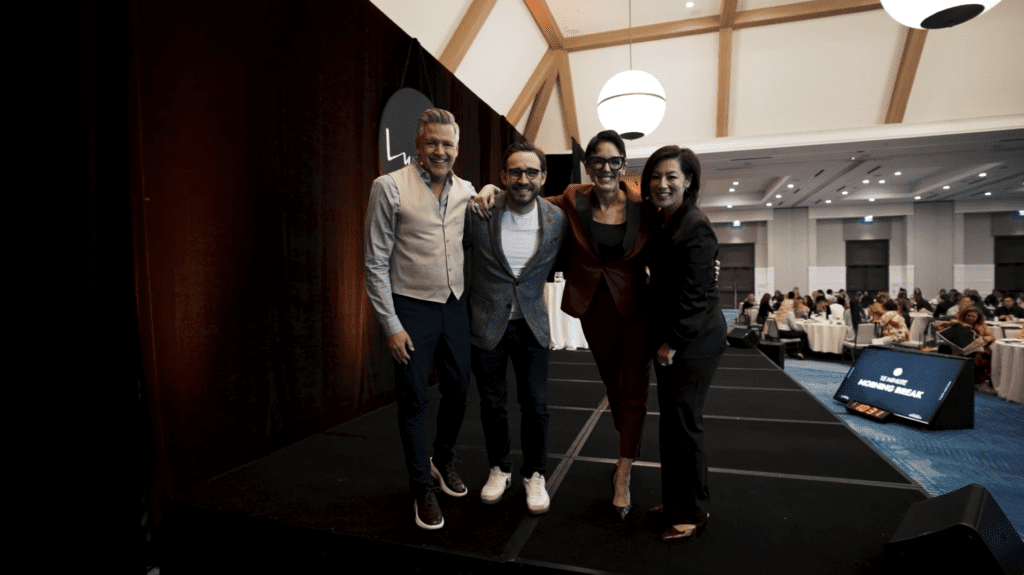
“One of my favorite ‘tandems’ is when I have the privilege of serving clients alongside Hall of Fame Speaker Phil M. Jones. I’ve studied his materials, watched him speak dozens of times, and truly immersed myself in his expertise—and I’m honored to say he’s done the same. We don’t just share a stage; we seamlessly weave each other’s concepts into our keynotes, making the experience more impactful for the audience and incredibly valuable for our clients.”
"An opening and closing keynote booked as a tandem creates seamless impact and continuity that ties the entire event together."
FREQUENTLY ASKED QUESTIONS
Should the opening and closing keynote speakers have similar styles or contrasting approaches?
While consistency in messaging is important, the best events often benefit from a contrast in delivery styles. An energetic, high-energy opening keynote speaker can ignite excitement and set the stage for engagement, while a closing keynote speaker with a more reflective, thought-provoking approach can provide deeper takeaways and lasting impact. That said, both speakers should align with the overall theme of the event and complement each other in a way that makes the journey feel cohesive. The key is to strike a balance—contrasting styles should feel intentional, not disconnected.
Can the same speaker deliver both the opening and closing keynote?
It’s possible, but it depends on the speaker’s range and the goals of the event. Some speakers have the ability to craft two distinctly different presentations—one to kickstart the event with energy and excitement and another to bring it to a meaningful close. However, having two different speakers can offer fresh perspectives, ensuring content remains dynamic rather than repetitive. If you do choose one speaker for both, work closely with them to ensure the two keynotes feel uniquely designed rather than a variation of the same message.
How far in advance should I book my opening and closing keynote speakers?
Top opening and closing keynote speakers are often booked months in advance, especially if they are in high demand. Ideally, you should secure your speakers as early as possible—6 to 12 months ahead is recommended for major conferences. This is particularly important if you’re looking for speakers who will work together to create a cohesive event experience. Early booking also allows time for pre-event collaboration, ensuring both speakers have time to understand your event’s objectives, your audience, and how their keynotes will complement one another.
ABOUT THE AUTHOR
Sylvie di Giusto, CSP, is a globally renowned keynote speaker known for her award-winning 3D immersive experiences and engaging, interactive presentations. With over 20 years of corporate expertise, she helps professionals make strategic choices that elevate leadership, accelerate sales, and enhance brand influence. As the author of multiple books, including Discover Your Fair Advantage and The Image of Leadership series, Sylvie delivers actionable insights that empower leaders and organizations to create lasting impact. Whether as an opening keynote speaker who ignites inspiration or a closing keynote speaker who leaves a memorable final impression, she ensures every event is a transformative experience.
If you’re interested in having Sylvie set the tone or close your next event, reach out to her wonderful team at cmi.
